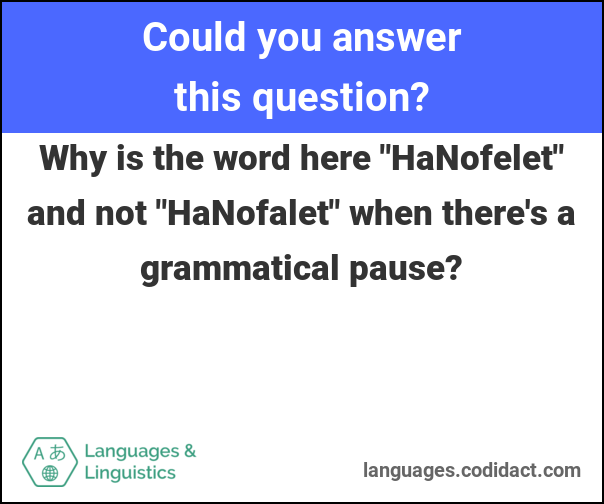When Dialogue is used for more than one character?
When writing a dialogue for characters, say two or more who are speaking back and forth do you have to put who is speaking on every time you switch characters?
Is it needed to put their name before they speak?
Is it easier to read that way?
This post was sourced from https://writers.stackexchange.com/q/18174. It is licensed under CC BY-SA 3.0.
2 answers
You are accessing this answer with a direct link, so it's being shown above all other answers regardless of its score. You can return to the normal view.
"You really don't have to place the character's name first," Larry said.
John scratched his head. "You mean the reader can probably understand who is saying what without knocking them over the head with it?"
"Sure they can. I mean the writer isn't even telling you who is speaking now and you know who it is."
"Right," John said. "Each time a different character speaks, the dialogue gets its own paragraph break too, which indicates to the reader that someone else is speaking."
"Just make sure if you have more than two people in the scene or interjecting dialogue that you give them a tag so the reader doesn't get confused."
"You're a master, Larry. I would've been lost without your guidance."
Larry slapped him on the back. "No problem. Now, about my fee."
This post was sourced from https://writers.stackexchange.com/a/18176. It is licensed under CC BY-SA 3.0.
0 comment threads
No. All that is required is that the reader know who is speaking. The conventions of dialogue do a good job of that.
Bob continued, "blah blah blah."
"But wait", Sue asked, "what about blah blah blah?"
"Blah!"
"Blah?"
He growled, "no, blah!"
And so on.
Each change of speaker gets a new paragraph. If there are only two, you can follow it that way, especially if they're saying very different things (so the quote alone is a hint). Every now and then it helps to drop in an "anchoring" reference, but it needn't be a name. Pronouns, references to actions that only one of them could do, and other descriptors will provide the clues the reader needs.





















0 comment threads